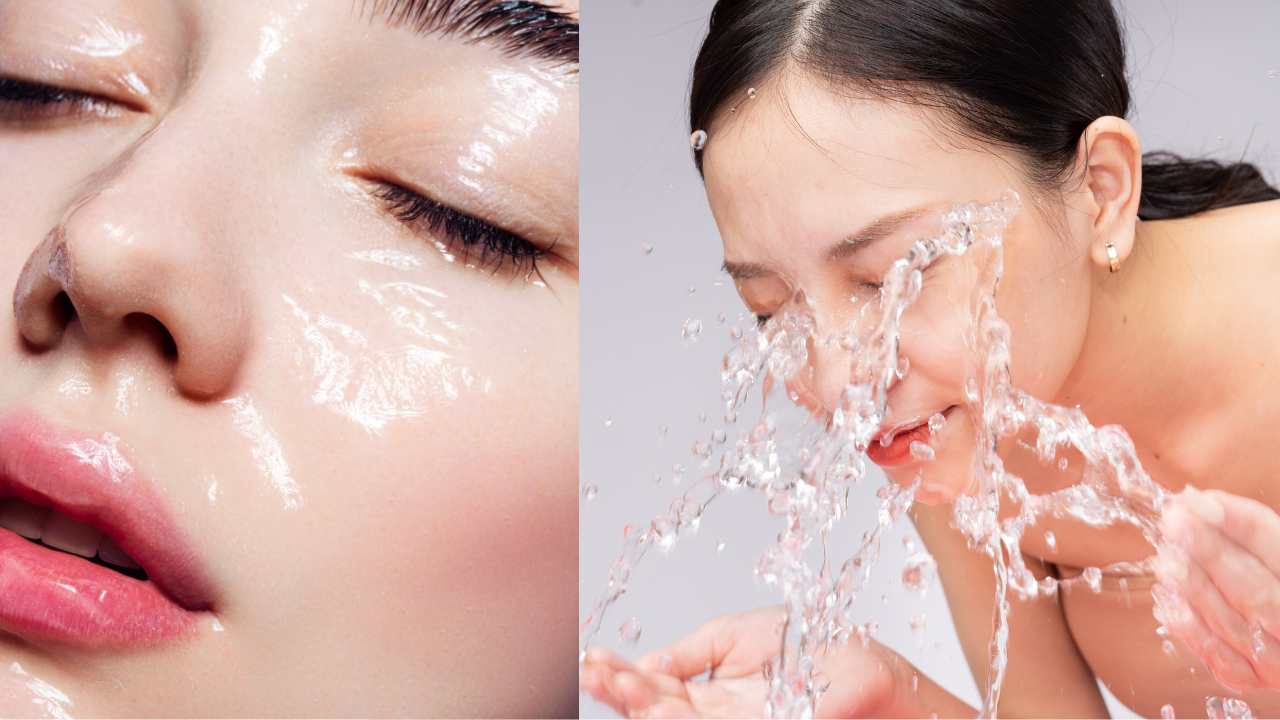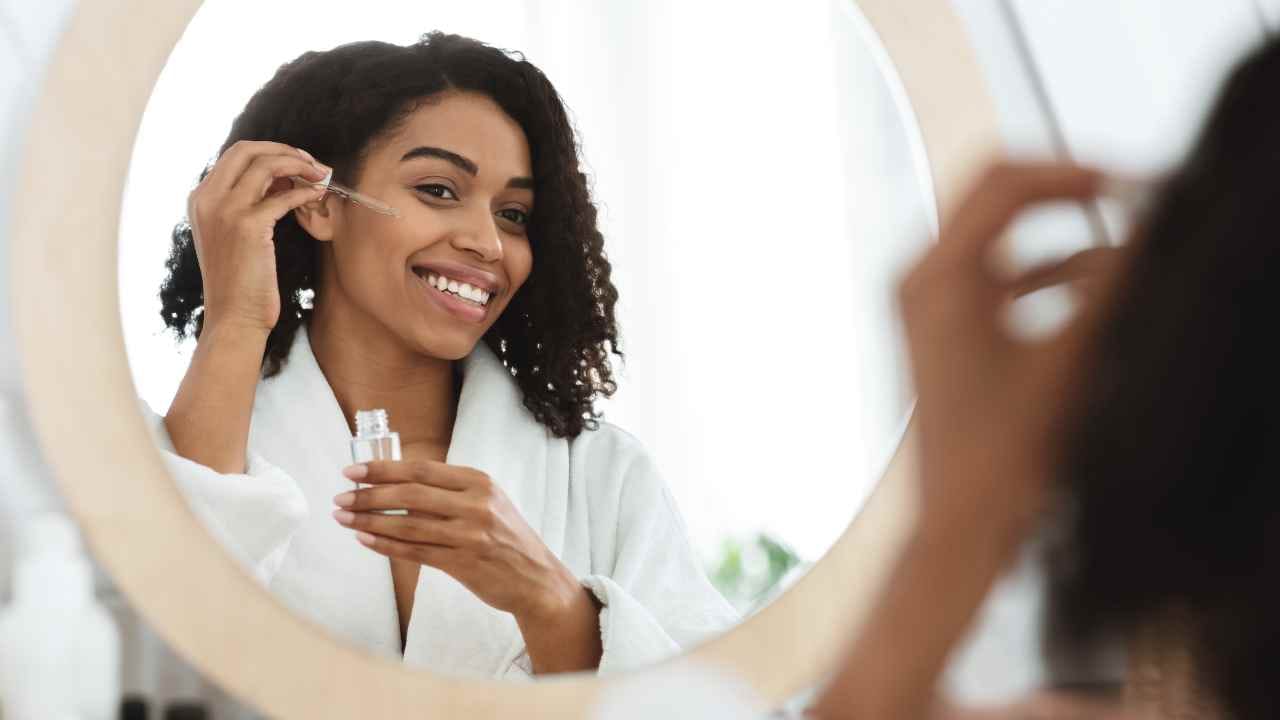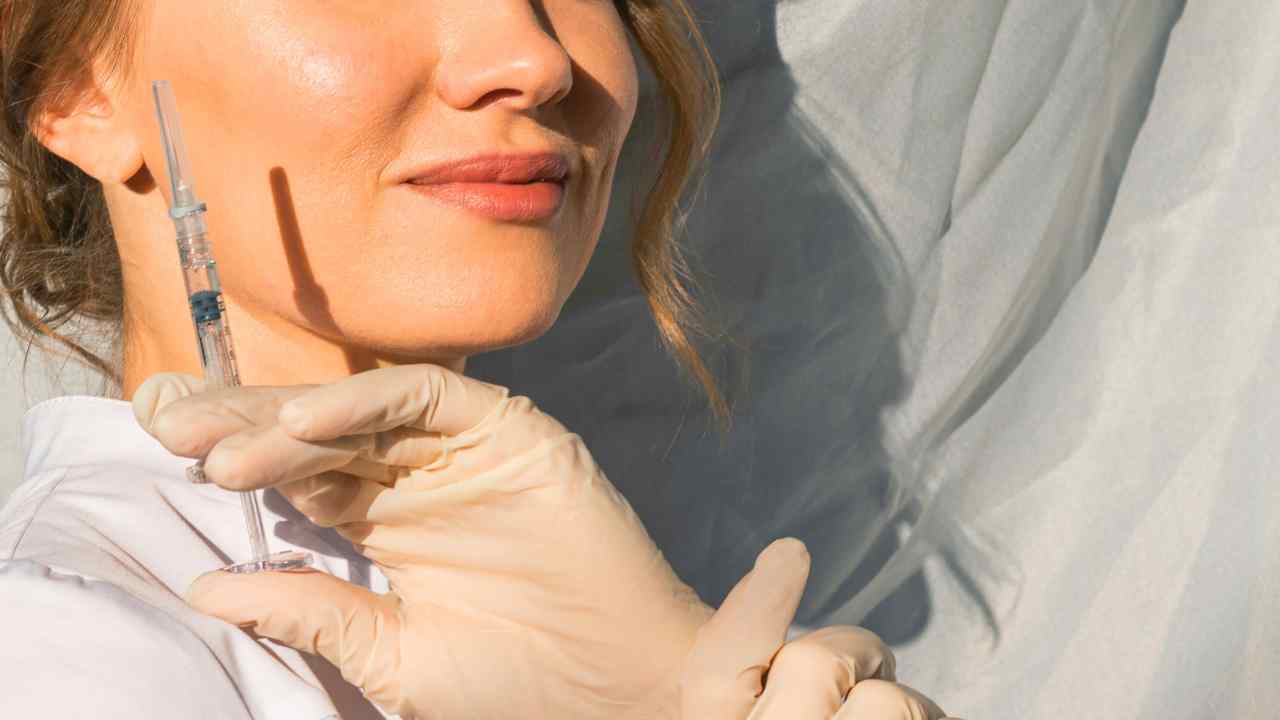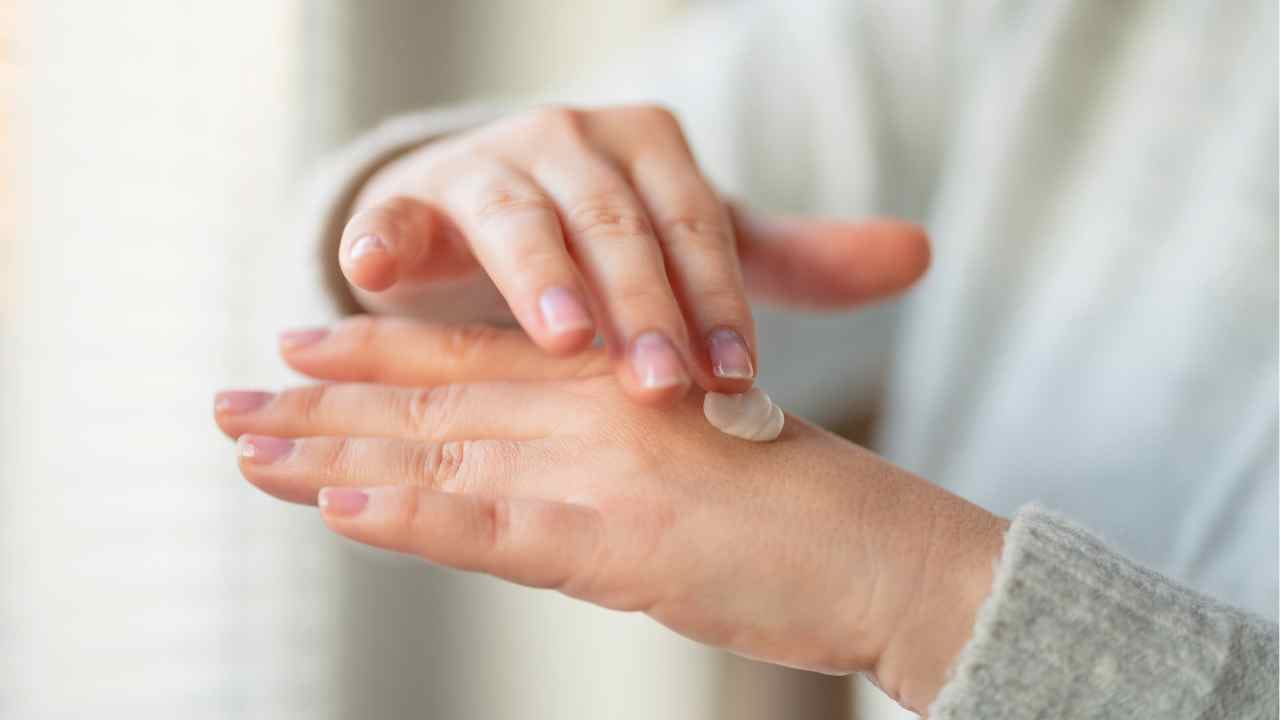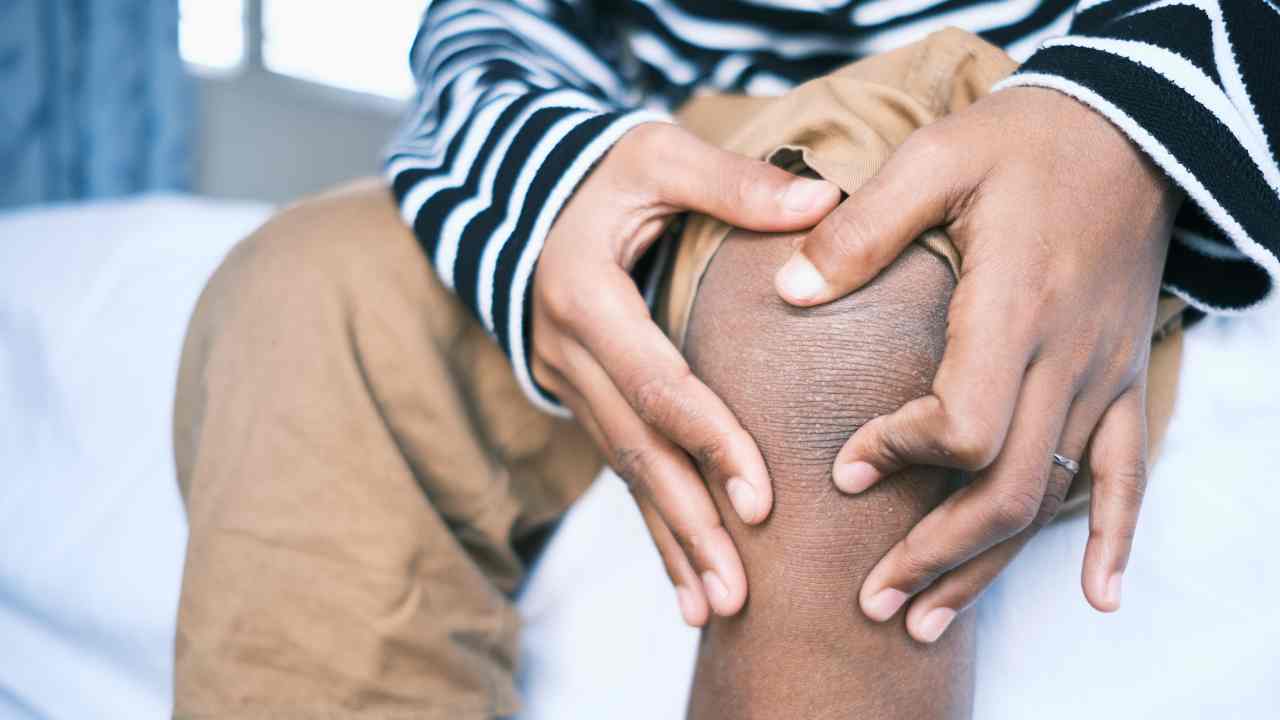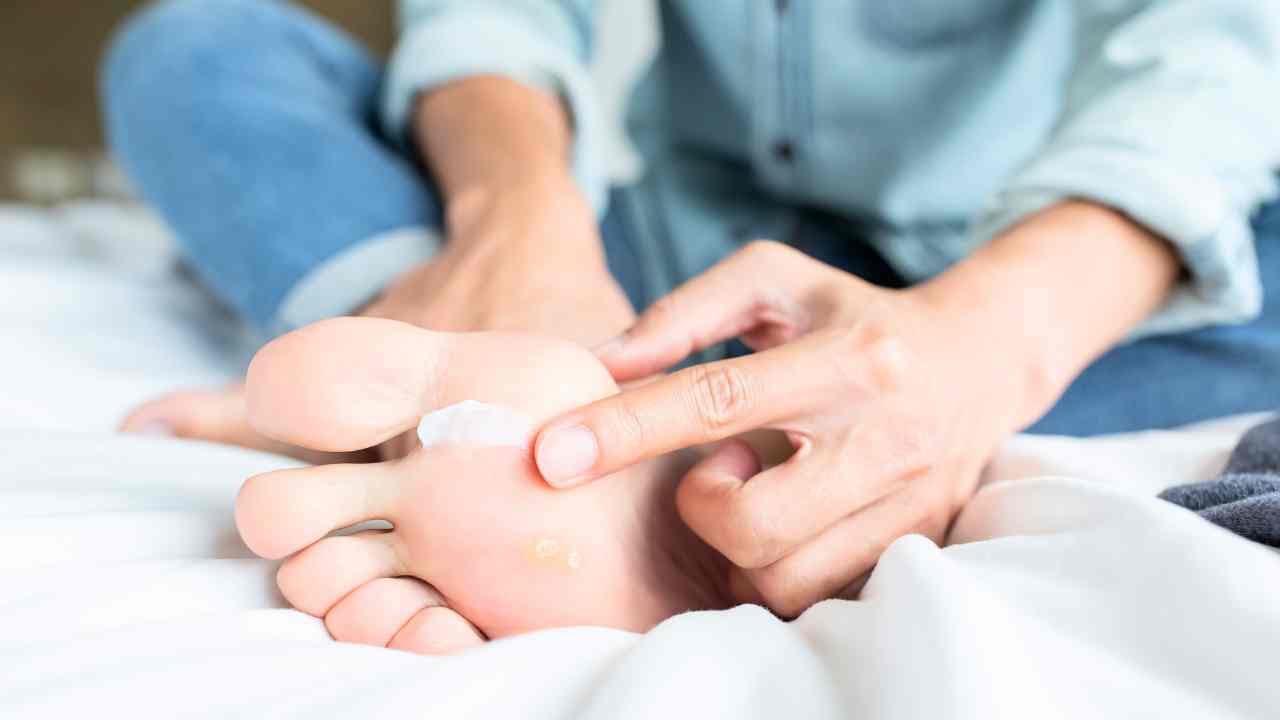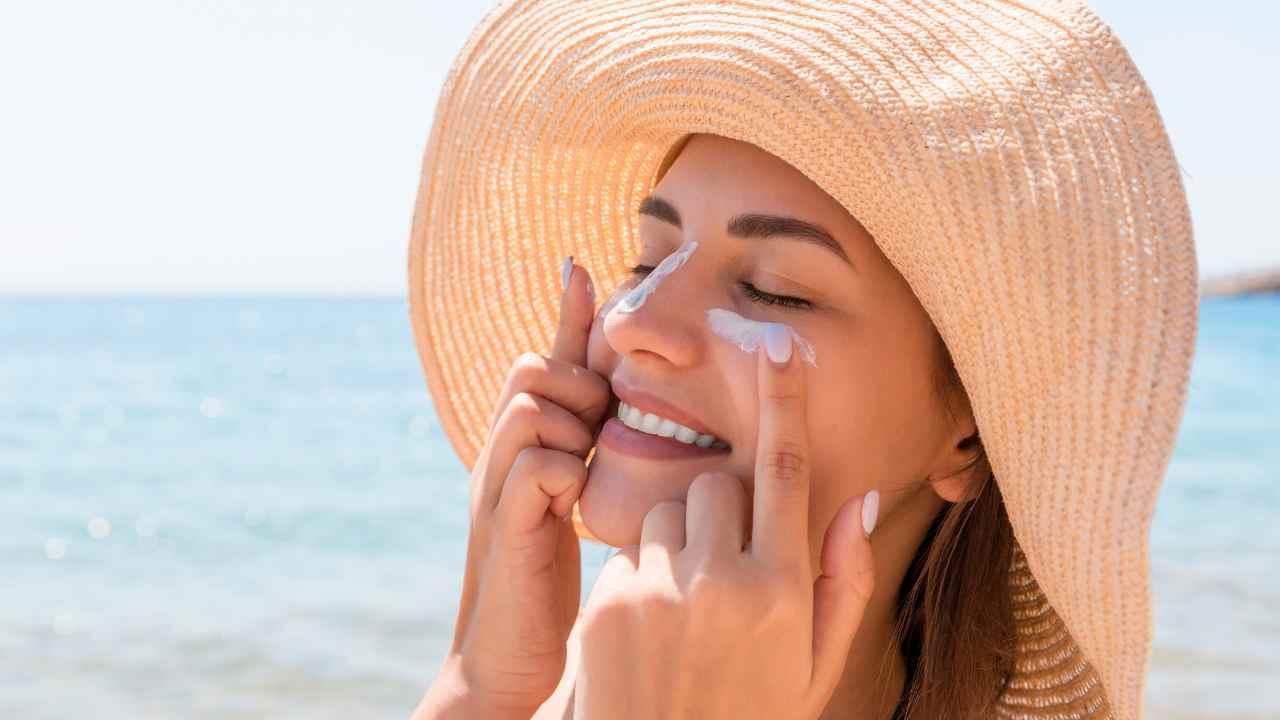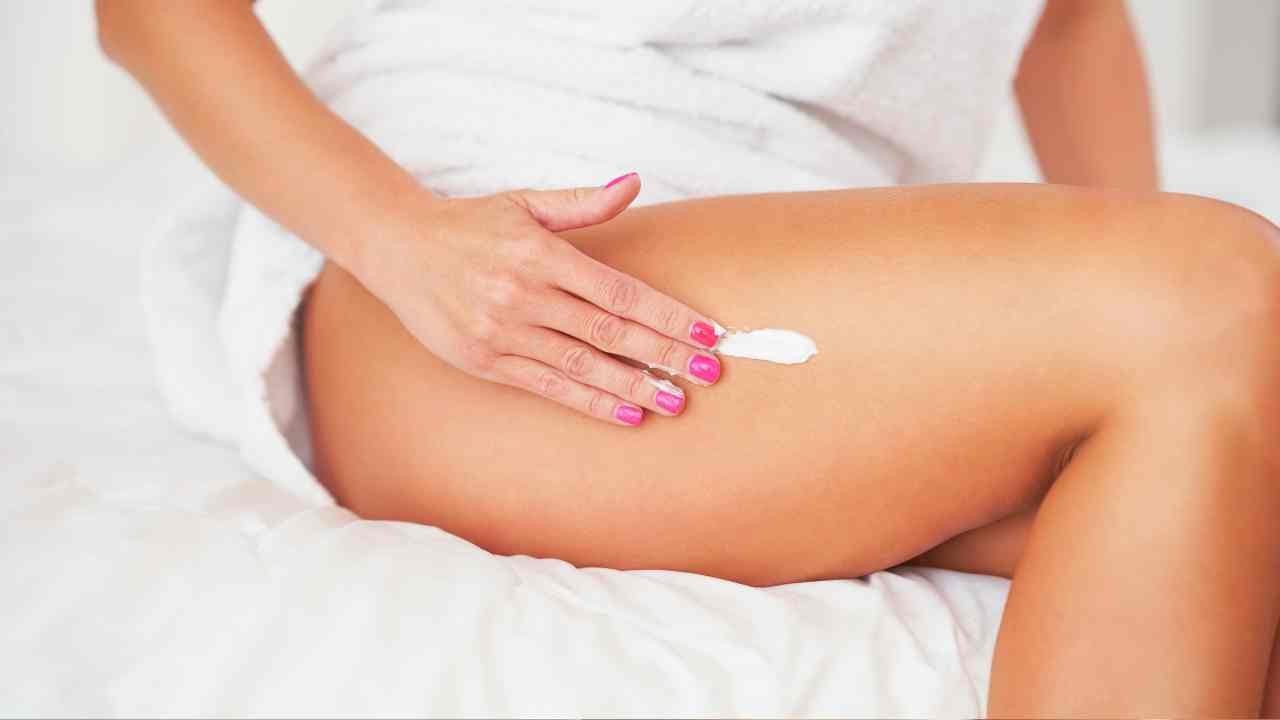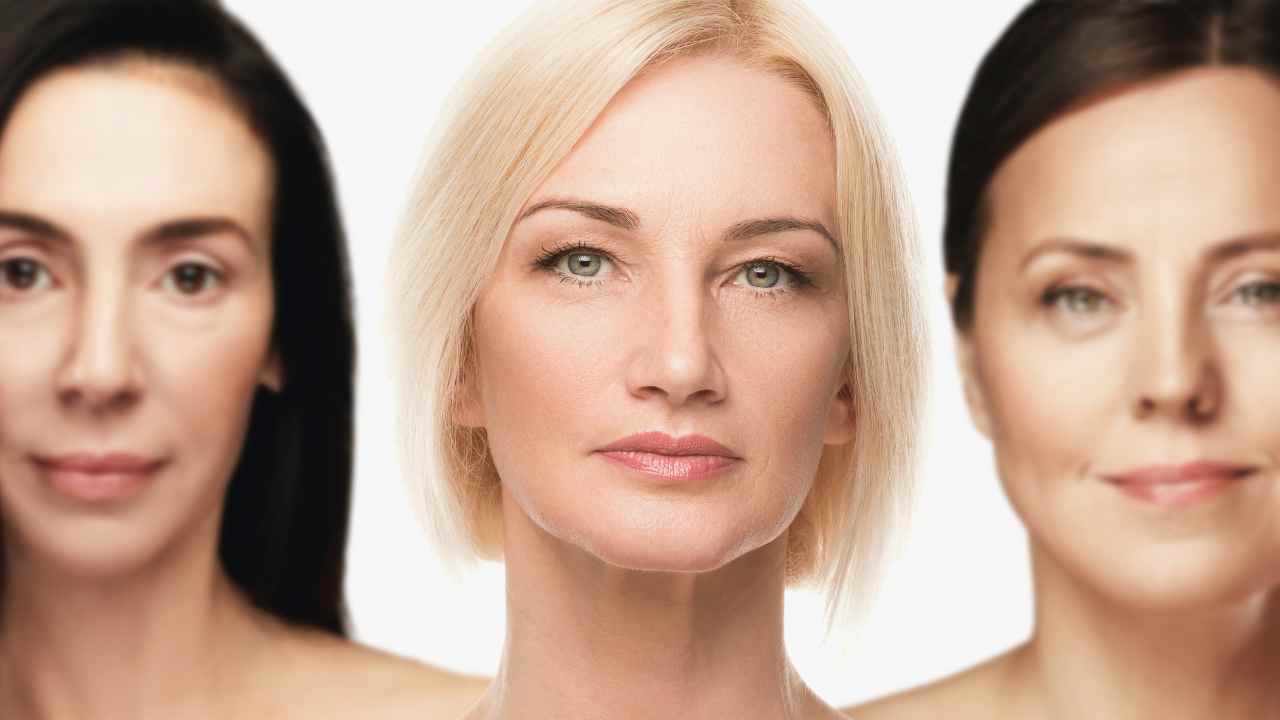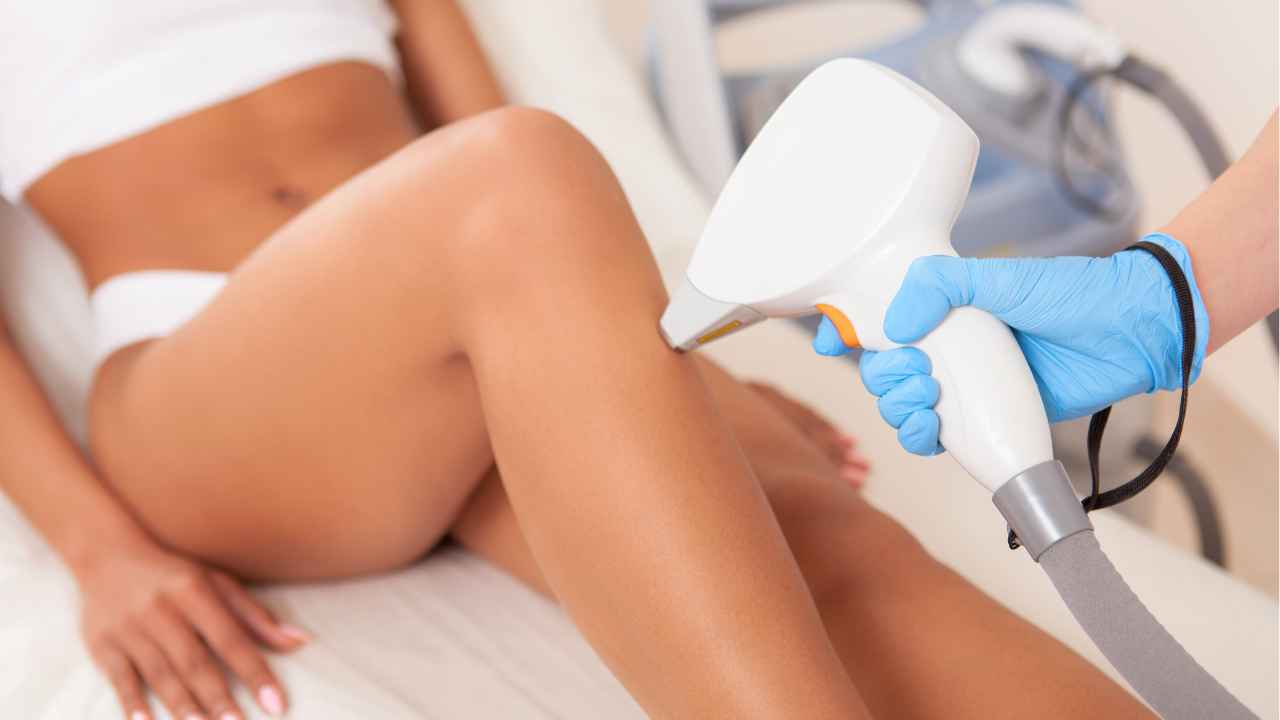
Are Stretch Marks Genetic? What Your Parent Genes Mean!
Stretch marks are a common concern for many people, particularly women. They are lines or streaks on the skin that can range in color from pink to purple to gray, and can appear on various parts of the body.
While many people associate stretch marks with weight changes or pregnancy, there is often confusion surrounding their cause.
One common question that arises is whether or not they are genetic and if you can prevent stretch marks. Keep reading for the answer to this and many questions. But first, where are stretch marks most likely to show up on your body?
Where Do Stretch Marks Appear Most Often?
Stretch marks can appear on various parts of the body, but they are most commonly found on areas that are prone to rapid weight gain or growth. Some of the most common areas where stretch marks can appear include:
1. Abdomen: This is one of the most common areas for stretch marks, particularly in women during pregnancy. Stretch marks start as the belly grows quickly.
2. Breasts: Stretch marks can show up on the breasts due to rapid growth during puberty, weight fluctuations, or pregnancy.
3. Thighs: Stretch marks can develop on the inner and outer thighs due to weight loss or gain, or during growth spurts.
4. Hips: This area is particularly prone to stretch marks in women due to the hormonal changes during puberty and pregnancy.
5. Buttocks: Stretch marks can appear on the buttocks due to rapid weight gain or loss.
6. Upper arms: A stretch mark can also surface on the upper arms due to weight fluctuations or during growth spurts.
It's important to note that stretch marks can also appear on other areas of the body, such as the back, shoulders, and calves, although this is less common.

Are Stretch Marks Genetic?
The short answer is yes, genetics do play a role in the development of stretch marks. However, it's important to understand that there are other factors at play as well.
Stretch marks occur when the skin is stretched beyond its capacity, causing the collagen and elastin fibers in the skin to break down.
Collagen is a protein that gives the skin its elasticity, while elastin allows the skin to stretch and then return to its original shape.
When these fibers break down, the skin can become weaker and less elastic, leading to the formation of new stretch marks.
If you have a family history of stretch marks then this stretching combined with your genetics will probably lead to stretch marks on your body.
Dr. Daniel Sugai, a Harvard trained dermatologist, affirms this is true in this TikTok video:
@drspf #duet with @areyrey325 #stretchmarks #stretchmarkremoval #stretchmarksremedy #fyp #drsugaiskincare #dermatologistontiktok
♬ original sound - A Rey Rey
Other Causes of Stretch Marks
While genetics do play a role in the development of stretch marks, there are several other factors that can contribute to their formation.
Hormonal changes, rapid weight gain or loss, and even certain medications can all increase the risk of developing stretch marks.
During puberty, pregnancy, and weight gain, there are significant changes in the body's hormone levels. These changes can lead to the stretching of the skin, which can cause stretch marks.
Similarly, rapid weight loss can also lead to the formation of stretch marks, as the skin stretches quickly and doesn't have enough time to adjust to the changes in weight.
Certain medications, such as corticosteroids, can also increase the risk of developing stretch marks.
These medications work by suppressing the immune system, which can lead to the breakdown of collagen and elastin fibers in the skin.
Minimizing Stretch Marks
While there is no way to completely prevent the development of pregnancy stretch marks, there are several things you can do to minimize their appearance.
Keeping the skin hydrated can help to improve its elasticity and reduce the risk of stretch marks. Drinking plenty of water and using either cocoa butter or a good quality lotion can help to keep the skin hydrated.
Additionally, there are several topical treatments that can be used to improve the appearance of stretch marks.
Products containing retinoids or vitamin C can help to stimulate collagen production and brighten the skin tone. You can massage these creams into your skin with a scar massage tool to break up the scar tissue.
It's worth noting, however, that these treatments are unlikely to completely eliminate stretch marks completely.
If you are concerned about the appearance of your stretch marks, there are also several procedures that can be done to improve their appearance.
Laser therapy and microneedling are two options that can be effective in reducing the appearance of older stretch marks. These procedures work by stimulating collagen production and promoting skin regeneration.
Stretch Marks Are Normal
While genetics do play a role in the development of stretch marks, it's important to remember that they are a natural and common occurrence.
It's estimated that up to 80% of people will develop stretch marks at some point in their lives.
While stretch marks can be unsightly to some, they are a completely normal part of the body's response to changes in weight and hormone levels.
It's important to embrace them as a natural part of your body, rather than trying to hide or eliminate them completely.
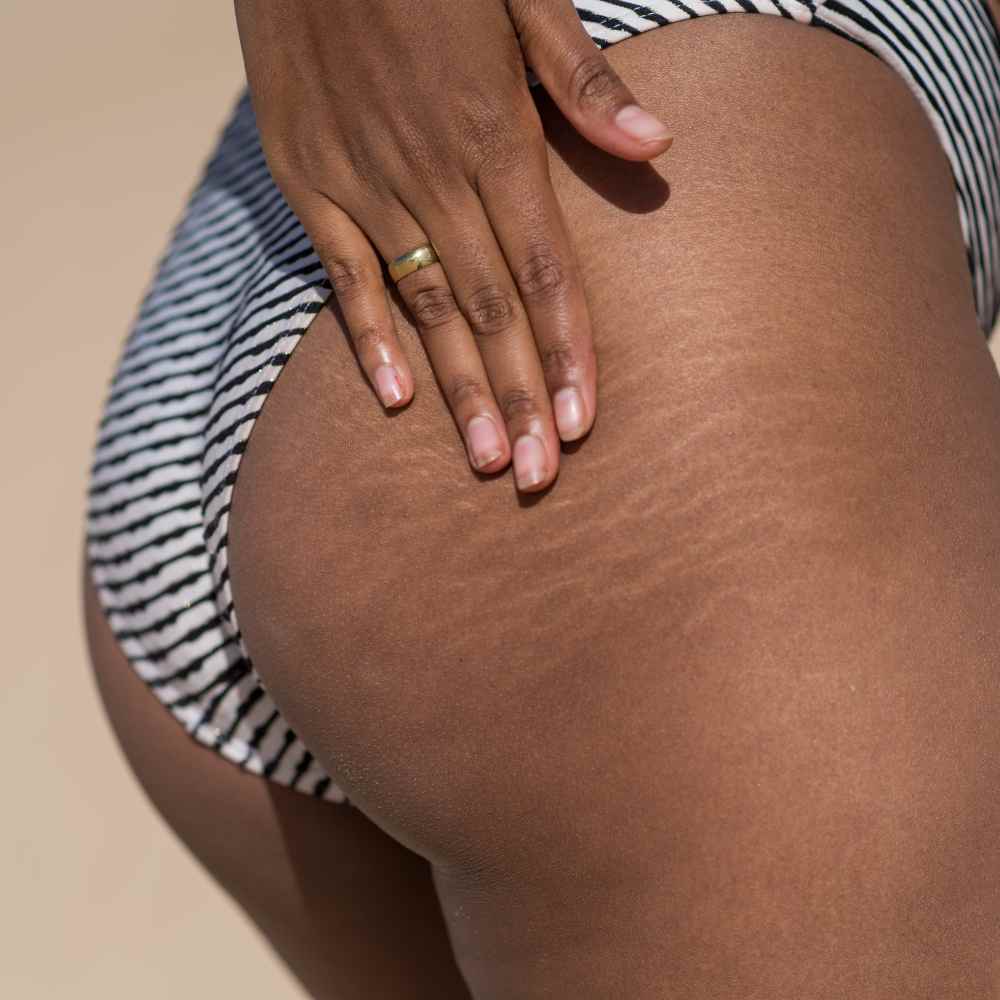
You Are Beautiful Just the Way You Are
If you are struggling with self-confidence due to your stretch marks, know that you are not alone.
It's common to feel self-conscious about your appearance, especially in a society that puts a high value on perfection.
However, it's important to remember that everyone's body is different, and that there is no such thing as a perfect body.
It's also worth noting that many celebrities and influencers have spoken out about their own struggles with stretch marks.
Stars like Chrissy Teigen and Ashley Graham have shared photos of their stretch marks on social media, inspiring others to embrace their own imperfections.
Ultimately, the most important thing is to focus on taking care of yourself, both physically and mentally.
Surround yourself with positive influences, practice self-care, and focus on the things that make you happy. By doing so, you will not only improve your self-confidence, but also your overall well-being.
Healthy Lifestyle, Healthy Skin
Ultimately, the best way to deal with stretch marks is to focus on maintaining a healthy lifestyle and taking care of your skin.
Eating a balanced diet, exercising regularly, and using sunscreen can all help to keep your skin healthy and reduce the risk of stretch marks.
And always drink plenty of water. Hydration is the key to a healthy complexion.
Genetics + Outside Factors
In conclusion, while genetics do play a role in the development of stretch marks, there are other factors at play as well.
Hormonal changes, rapid weight gain or loss, and certain medications can all increase the risk of developing stretch marks.
While there are several treatments available to improve the appearance of stretch marks, it's important to remember that they are a normal and natural part of the body and do not define your worth or beauty.
Instead of focusing on eliminating them completely, embrace them as a part of your unique body.



